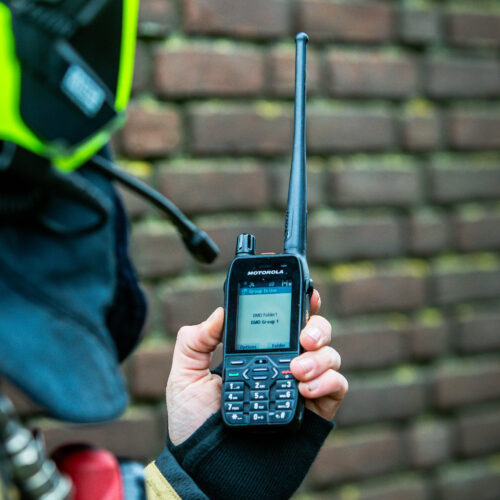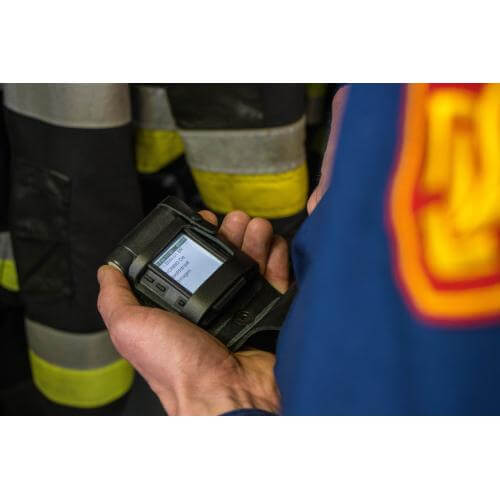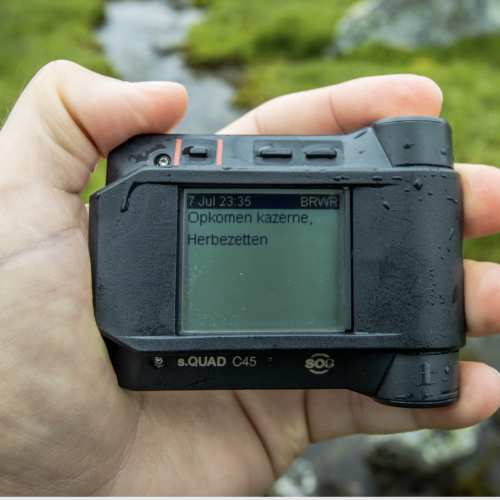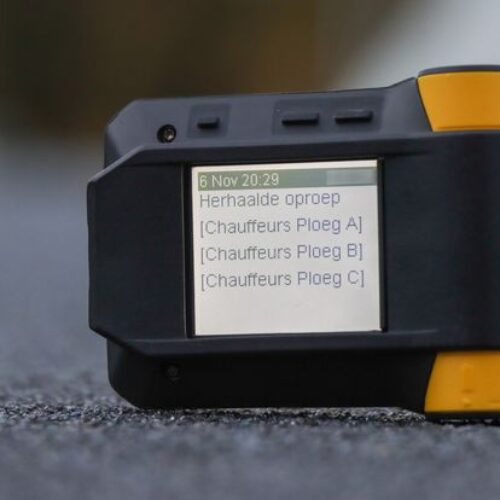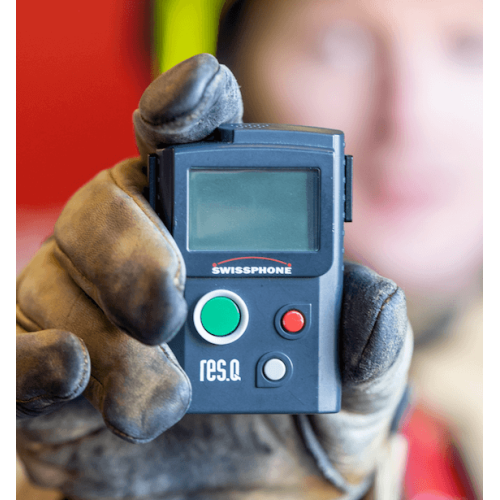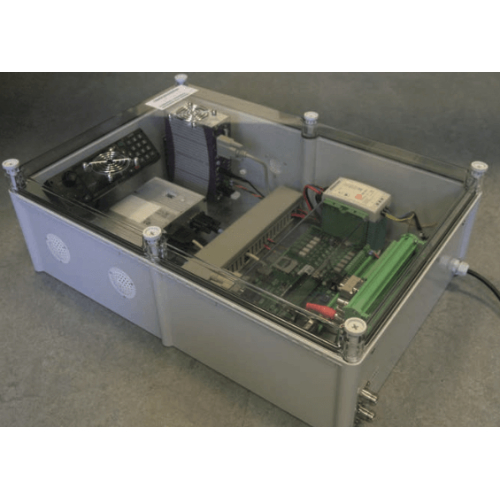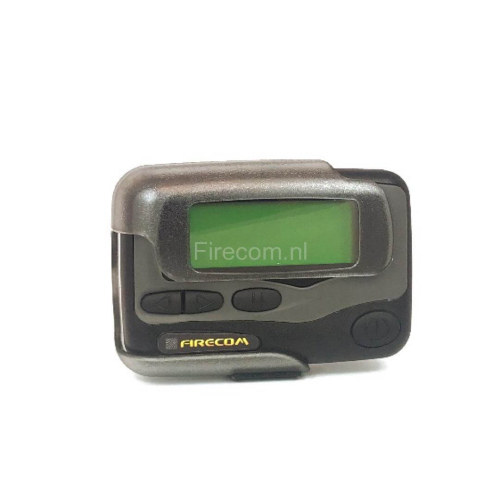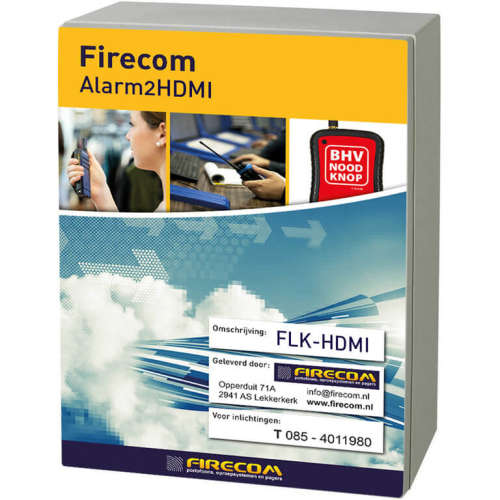P2000 (NL emergency services)
- This product cannot be purchased.
Any result 9 Results
The network was set up to call in emergency personnel such as the fire brigade, ambulance, police, Red Cross and KNRM in the event of an incident or other situation where their presence is desired. Although the system is set up with a high degree of reliability, most users have procedures to deal with downtime or overloading of this important system.
P2000 is a digital system that replaced the old analog system. In contrast to C2000, the system is not encrypted, so that messages are received and read by everyone. The P2000 system uses the frequency 169,650 MHz
Posts
The messages are similar to text messages and consist of a number of parts that can differ per service and region. Typically, messages contain:
- Type of incident
- Location
- Priority
- Alarmed units
- Upscaling
An example: Prio 1 OMS ALARM HOTEL CAFE DE WILDEMAN SCHULPEN 6 LEMM Bet TSLEMMER (18/02/09 11:23:15)
Here the fire brigade of Lemmer with TS Lemmer is sent to the mentioned hotel at the Schulpen for an OMS (Public Reporting System) report with Prio 1. For the fire brigade, Prio 1 means that the vehicle must arrive on the spot as quickly as possible and thereby act as a priority vehicle may be worn. An OMS report arises from the fire alarm system in the building that is connected to the GMS system of the regional fire brigade.
cap code
The P2000 pager responds when it receives a message with the capcode programmed in memory. A capcode is roughly similar to a phone number or IP address and identifies the intended recipient. However, the difference is that there can be multiple recipients with the same number. The design of the system is that the necessary units or persons can be alerted without too many people being called.
An example of a list of capcodes of a fire station of the fire brigade in the city of Groningen:
- Groningen Corps (Hoofdpost Sontweg)
- 0400271 Corps Groningen-Sontweg (TS-744)
- 0400272 Corps Groningen-Sontweg (TS-745)
- 0400273 Corps Groningen-Sontweg (TS-746)
- 0400274 Corps Groningen-Sontweg (TS-747)
- 0400275 Corps Groningen-Sontweg (SB-760)
- 0400277 Corps Groningen-Sontweg (AL-757)
Every city and region has its own way of using the capcodes. Some small corps decide to use only 2 codes (for example, extinguishing group 1 and extinguishing group 2), other corps choose to use only 1 code (corps alarm or barracks alarm). This therefore depends very much on the local corps. For an overview of capcodes, please visit www.capcode.nl . For example, you can also have a website like this for a while www.livep2000.nl track and see which codes are often used in your area.
Priorities
In a P2000 call, the priority that the monitoring station has attached to this call is usually also stated.
Ambulance
The ambulance services have 3 different priorities:
- A1; an emergency emergency where the ambulance must be on site within 15 minutes. There is then a potentially life-threatening situation. This urgency is driven by optical and acoustic signals.
- A2; an emergency urgency that does not use optical and acoustic signals. Such as when a GP is present who has already determined that the patient must go to the hospital immediately, but there is no immediately life-threatening situation.
- B; ordered transport, such as from hospital to nursing home.
In addition to the above-mentioned priority rides, the ambulance also has so-called condition creation. An ambulance is requested to go to an area where an ambulance cannot be present within 1 minutes in the case of an A15 report. The VWS trips are driven under A 2.
Brandweer
There are 3 different priorities, which also determine how rescuers can drive to the incident.
- Prio 1; The vehicle may behave as a priority vehicle in traffic and therefore use blue flashing lights and acoustic signals (siren). This is permitted in situations where a human life is or could be threatened or where significant damage to (real) property threatens.
- Prio 2; There is a need to arrive directly on the spot, but it is not so urgent that the vehicle may behave as a priority vehicle. The use of blue flashing lights or sound signals is not permitted, however some traffic rules may be broken if strictly necessary (this concerns in particular the position of the vehicle on the road, for example, the vehicle may drive on a bicycle path or sidewalk). The blue flashing lights may only be used in dangerous situations when the vehicle itself is stationary to warn other road users, however the use of orange flashing lights is preferred.
- Prio 3; In this situation, the vehicle should behave normally, not as a priority vehicle. The vehicle must behave like a normal road user and must therefore not violate any traffic rules.
In the fire brigade, instead of the prefix “Prio”, there may also be the type of call.
- BR = Fire (eg BR1)
- HV = Assistance (eg HV2)
- VKO = Traffic accident (eg VKO1)
- WO = Water accident (eg WO3)
Abbreviations
Because the system is used by 25 regions and a number of other services, many different abbreviations are used. For three-letter abbreviations ending in H (COH, DPH), reference is made to the article hooklift.
Read more on our P2000 knowledge article